Have a specific shipwreck in mind or want to learn more about significant shipwrecks across the country? Check out the this shipwreck link for resources on several of the outstanding shipwrecks
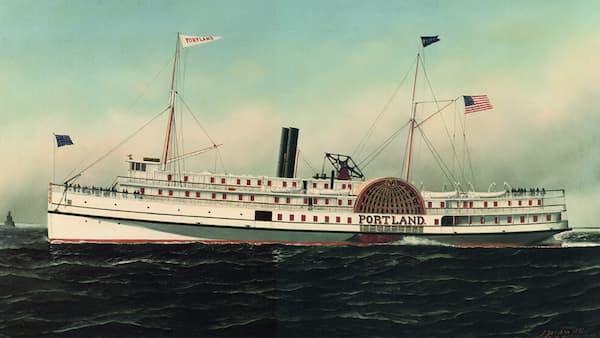
The ship is often called "The Titanic of New England" due to its long-unknown location, the large loss of life, and its luxurious design. Portland's remnants are considered the best preserved of the New England "night boats" yet located.
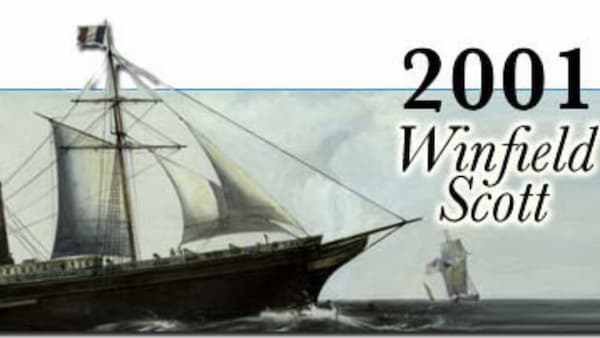
The wreck of the 1850s California Gold Rush steamship Winfield Scott, off middle Anacapa Island in the Channel Islands National Marine Sanctuary, was the focus of a phase II archaeological survey by maritime archaeologists from East Carolina University's Program in Maritime Studies during the summer of 2001.
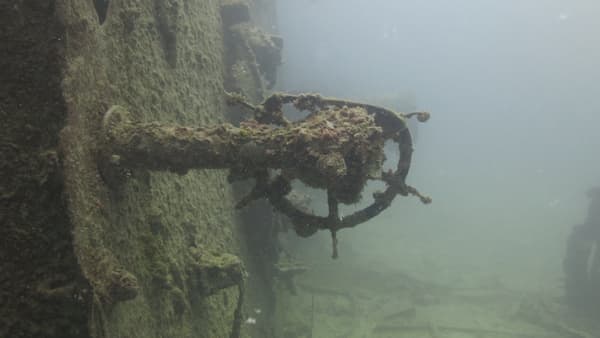
The Churchill was carrying a cargo of copra (the dried meat or nut of the coconut) from Nukualofa, Tonga to Seattle, Washington, when she ran aground on a reef at French Frigate Shoals on Sept. 27, 1917. All members of her 12-man crew were rescued by a nearby vessel.
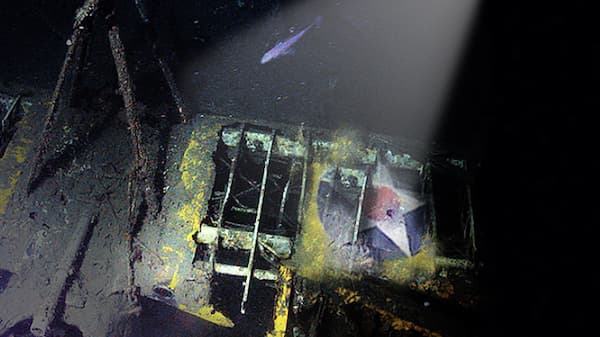
Launched by the U.S. Navy in 1933, the airship USS Macon was one of the largest flying machines in history, but after just two years of service, disaster struck. The Macon would be the nation's last great airship. The final resting place of the Macon stayed hidden for more than 55 years, until researchers discovered its remains nearly 1,500 feet below the surface of Monterey Bay National Marine Sanctuary in 1990.
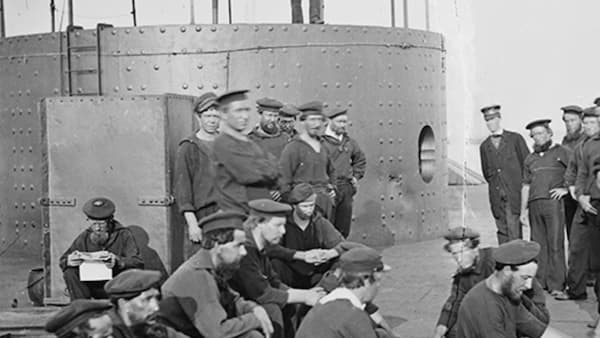
The USS Monitor is a significant shipwreck to our nation’s history and created the first national marine sanctuary. The sanctuary was designated on January 30, 1975, being the first sanctuary created under the National Marine Sanctuaries Act (NMSA). In many ways, the designation set the tone for the future of the NMSA, both in its recognition of the importance of our maritime heritage and in its emergence as a way to protect the nation's underwater treasures.
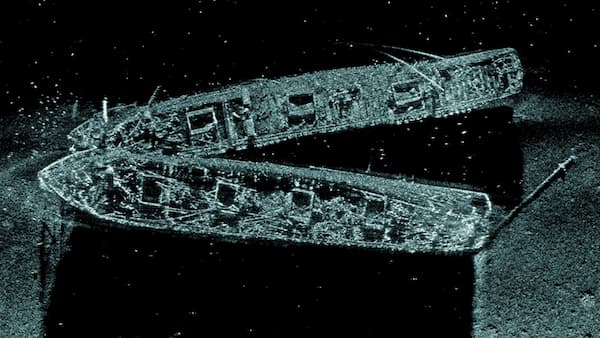
This ship is the longest four-masted schooner ever built and an excellent example of the great coal carriers built in the late 1800s.
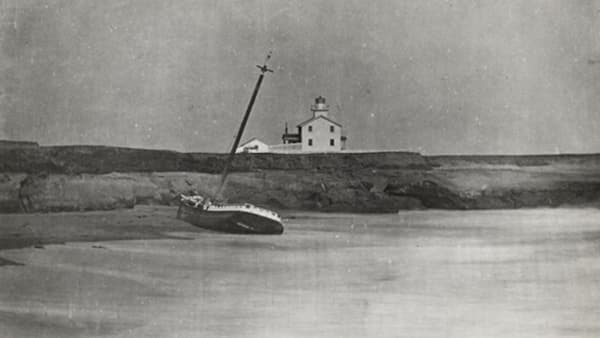
During the wee hours of October 26, 1876, the schooner Active experienced rough weather, causing the vessel to go ashore at Lighthouse Point, Santa Cruz; described as one of the worst spots on the coast. The crew made every effort to save her. No lives were lost.
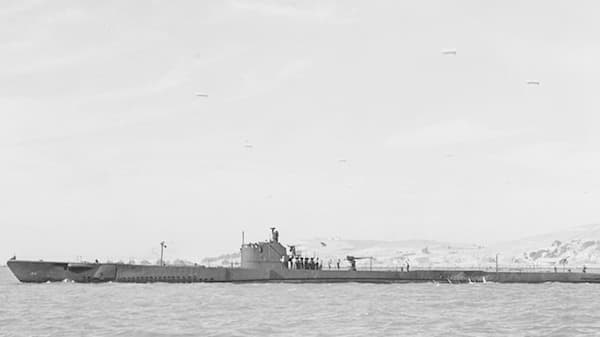
The ex-USS Tarpon (SS-175) won seven battle stars against the Japanese during World War II and was the first U.S. submarine in World War II to sink a German raider in the Pacific.
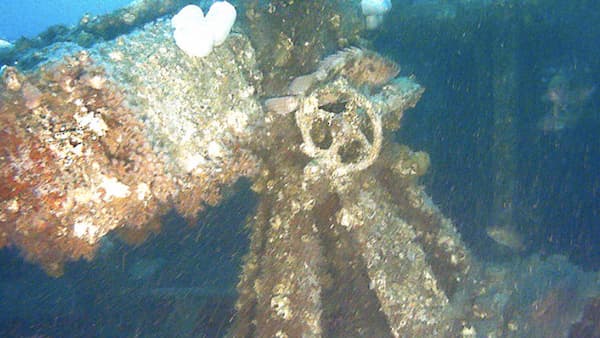
n March 25, 1921, the U.S. Navy tug USS Conestoga and its 56-man crew left San Francisco Bay bound for American Samoa. Before they could reach their stopover point in Hawai‘i, Conestoga and its crew vanished without a trace.
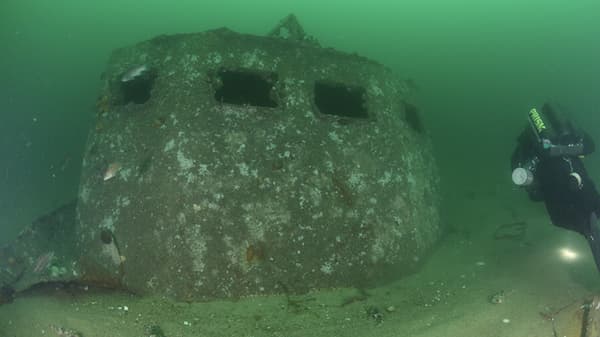
Numerous shipwrecks, time capsules of the nation's maritime heritage, sit on the sanctuary's seafloor. Under the National Marine Sanctuaries Act and the National Historic Preservation Act, sanctuaries are required to locate, assess, protect, manage, and interpret their maritime heritage resources.
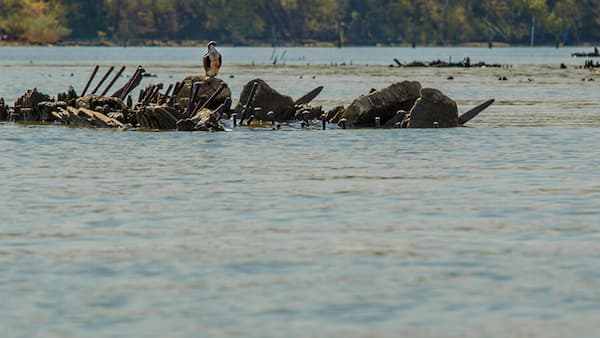
The sanctuary boasts a diverse collection of historic shipwrecks dating back to the Revolutionary War, but is most renowned for the remains of over 100 wooden steamships known as the Ghost Fleet.
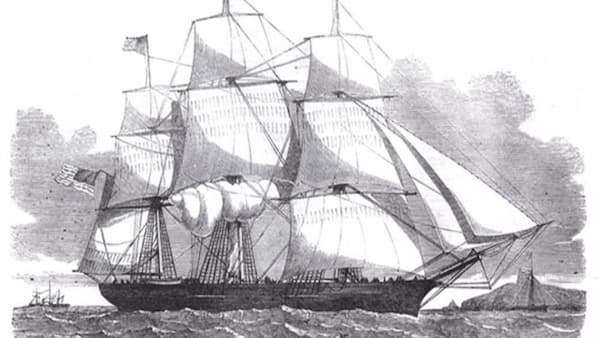
The Monterey Bay Sanctuary Submerged Cultural Resources Study of 2001 includes a database of 463 reported vessel losses that occurred within the jurisdiction, or adjacent to the boundaries, of the sanctuary.
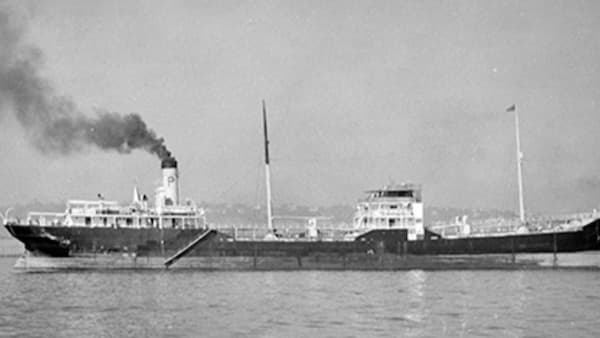
Panam was the last U-boat casualty off North Carolina's coast during World War II's Battle of the Atlantic.
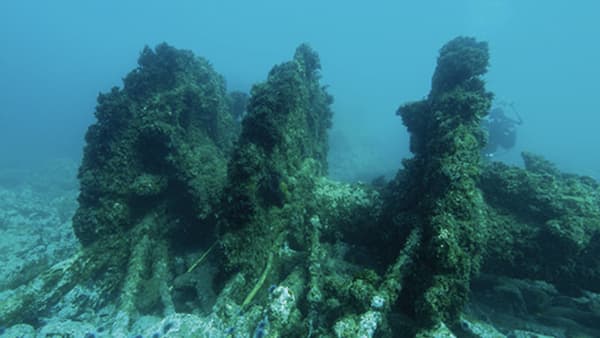
Dynamic weather, strong prevailing winds, and other natural hazards made navigating the waters around the Channel Islands challenging. Between 1853 and 1980, more than 150 historic ships and aircraft are known to have wrecked within the boundaries of Channel Islands National Marine Sanctuary and National Park.
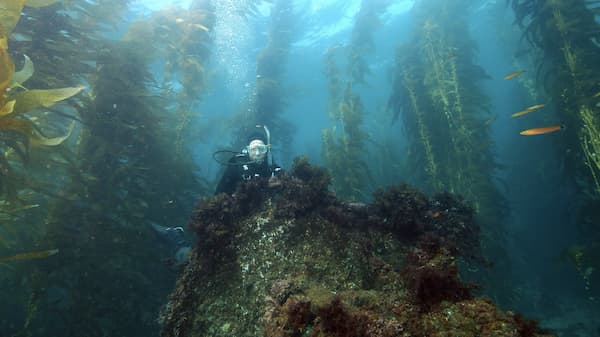
A 5-day shipwreck reconnaissance expedition was completed at the Channel Islands aboard the NOAA R/V Shearwater from October 17-21, 2005.
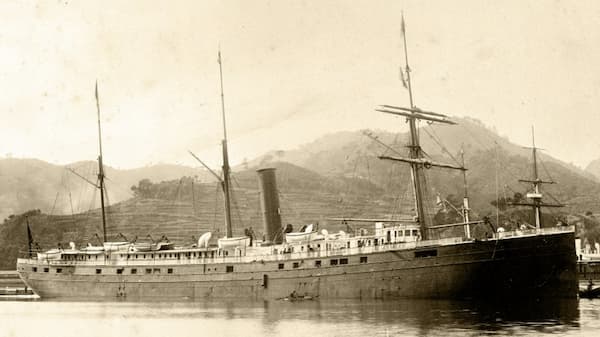
Historically, the Farallon Islands and the mainland coast north of the Golden Gate have presented hazardous navigational obstacles to shipping. Today we are reminded of past shipwrecks through geographic place names that still exist today.
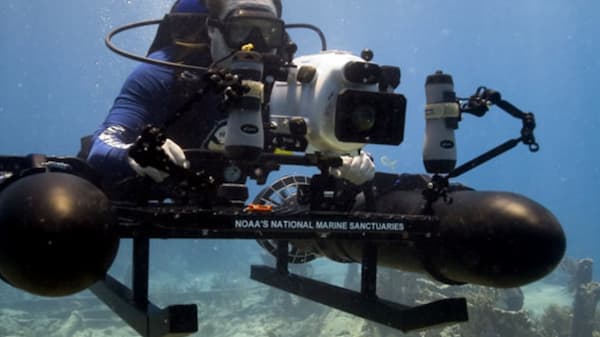
Within Florida Keys National Marine Sanctuary, there are many opportunities for divers and snorkelers to explore the underwater treasures. However, like other resources in the sanctuary, cultural resources are protected.
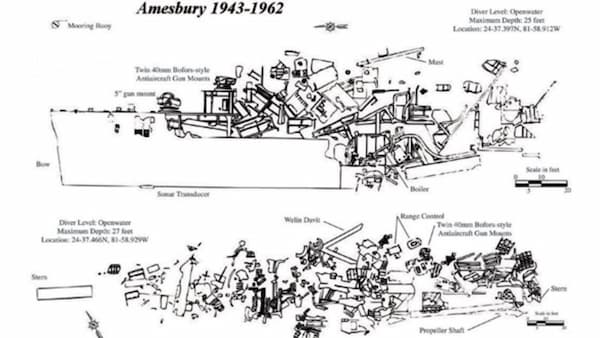
The Amesbury, locally known as Alexander’s Wreck, was built as a U.S. Naval destroyer escort in 1943 and was later converted to a high-speed transport vessel.
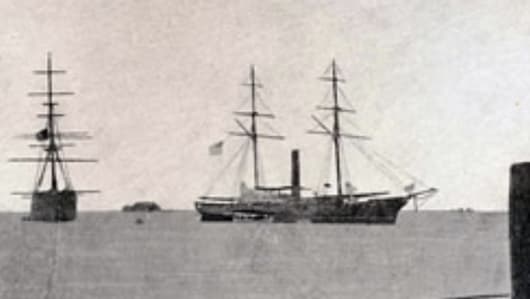
Native Hawaiian chants and oral histories tell of navigational knowledge developed over millennia, while shipwreck sites scattered throughout Papahānaumokuākea help tell the story of a more recent maritime past.
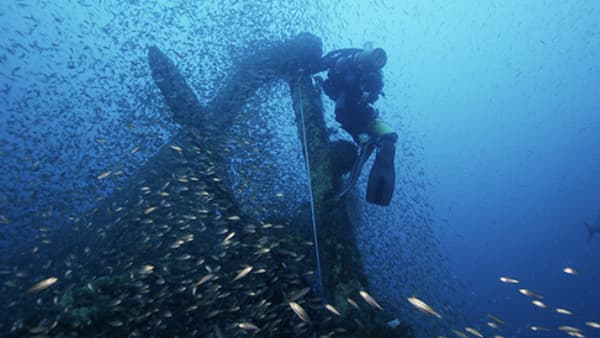
North Carolina's waters have entombed thousands of vessels and countless mariners who lost a desperate struggle against the forces of war, piracy and nature.
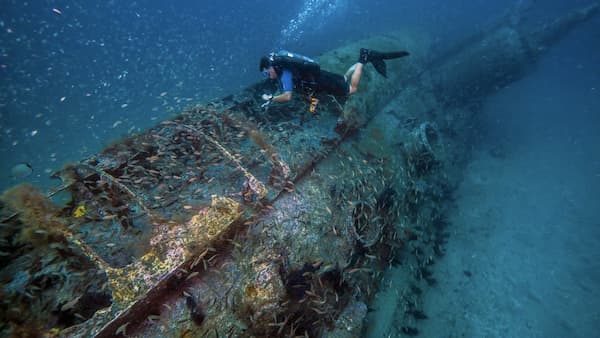
The seafloor off North Carolina forms the permanent resting grounds for hundreds of shipwrecks. While these shipwrecks represent our nation's rich maritime history, they are also home to a diversity of marine life.
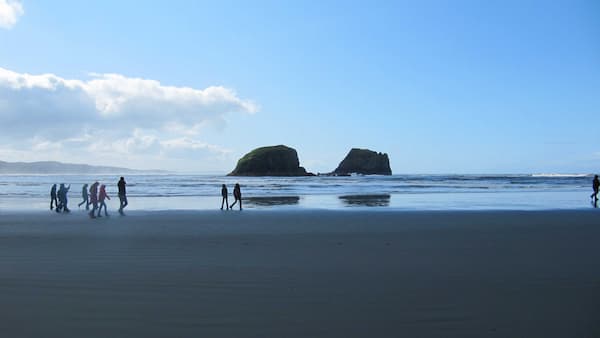
On November 4, 1875 the side-wheeler Pacific steamed out of Victoria and headed for San Francisco. At 10 p.m. everyone on board was awakened by a crash. The Pacific had struck the sailing ship Orpheus.
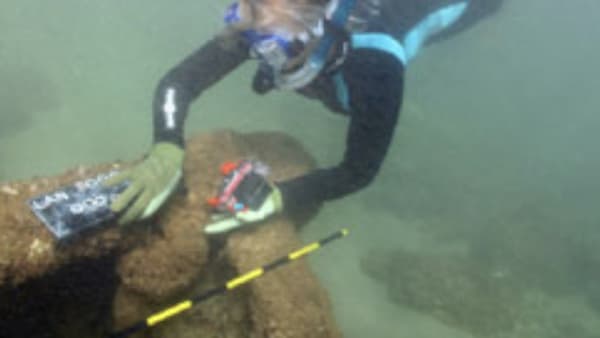
The NOAA Office of National Marine Sanctuaries Pacific Islands Region and University of Hawai`i Marine Option Program researchers completed an archeological survey of an historic shipwreck on the island of Lāna`i, within an area known locally as Shipwreck Beach.
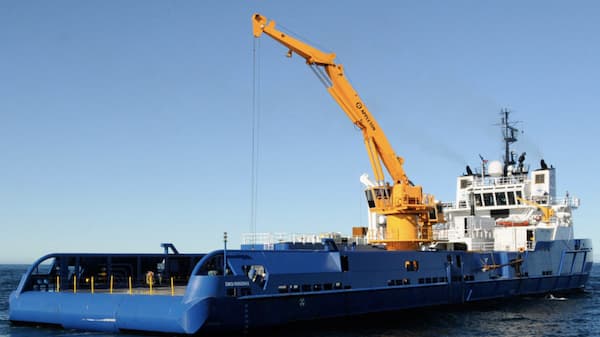
The Montebello sits 900 feet below the surface of the Pacific Ocean, approximately seven miles off the coast of California near the town of Cambria, in San Luis Obispo County.